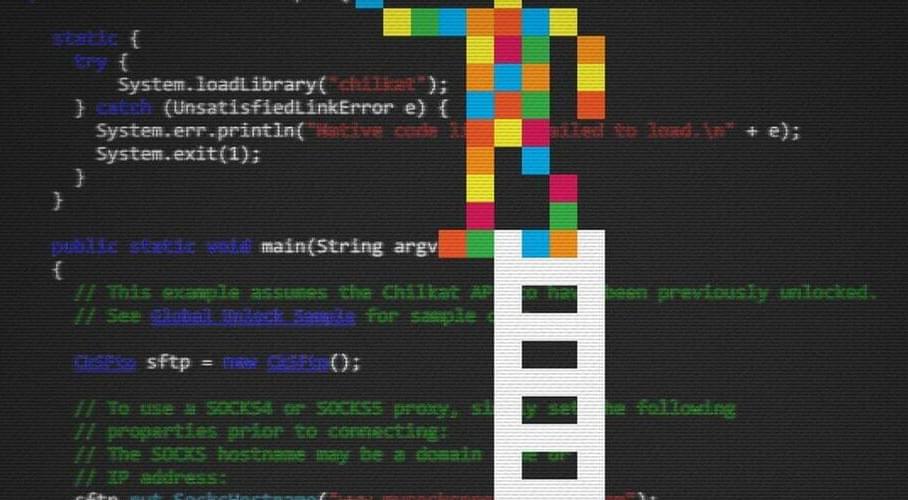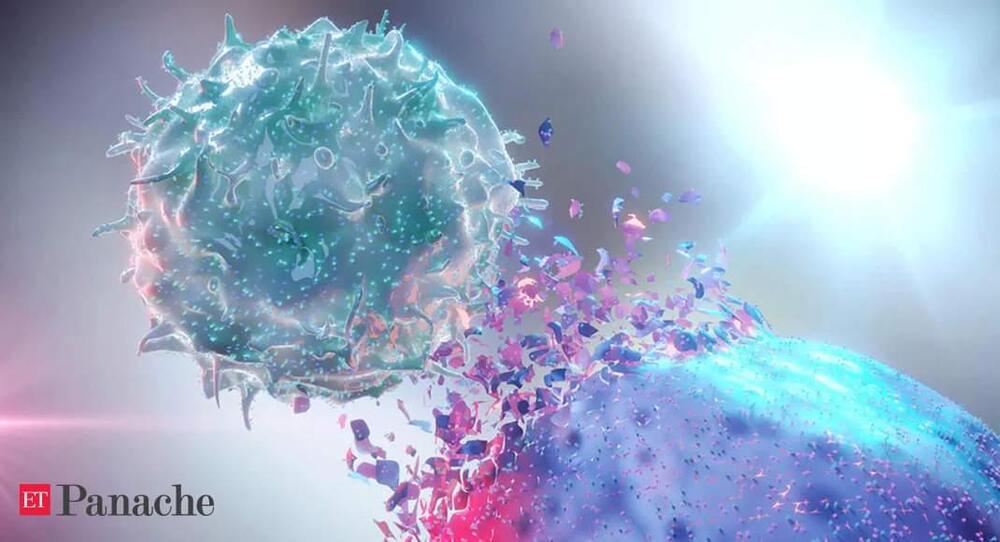GitHub Copilot dubs itself as an “AI pair programmer” for software developers, automatically suggesting code in real time. According to GitHub, Copilot is “powered by Codex, a generative pretrained AI model created by OpenAI” and has been trained on “natural language text and source code from publicly available sources, including code in public repositories on GitHub.”
However, a class-action lawsuit filed against GitHub Copilot, its parent company Microsoft, and OpenAI claims open-source software piracy and violations of open-source licenses. Specifically, the lawsuit states that code generated by Copilot does not include any attribution to the original author of the code, copyright notices, or a copy of the license, which most open-source licenses require.
“The spirit of open source is not just a space where people want to keep it open,” says Sal Kimmich, an open-source developer advocate at Sonatype, machine-learning engineer, and open-source contributor and maintainer. “We have developed processes in order to keep open source secure, and that requires traceability, observability, and verification. Copilot is obscuring the original provenance of those [code] snippets.”








